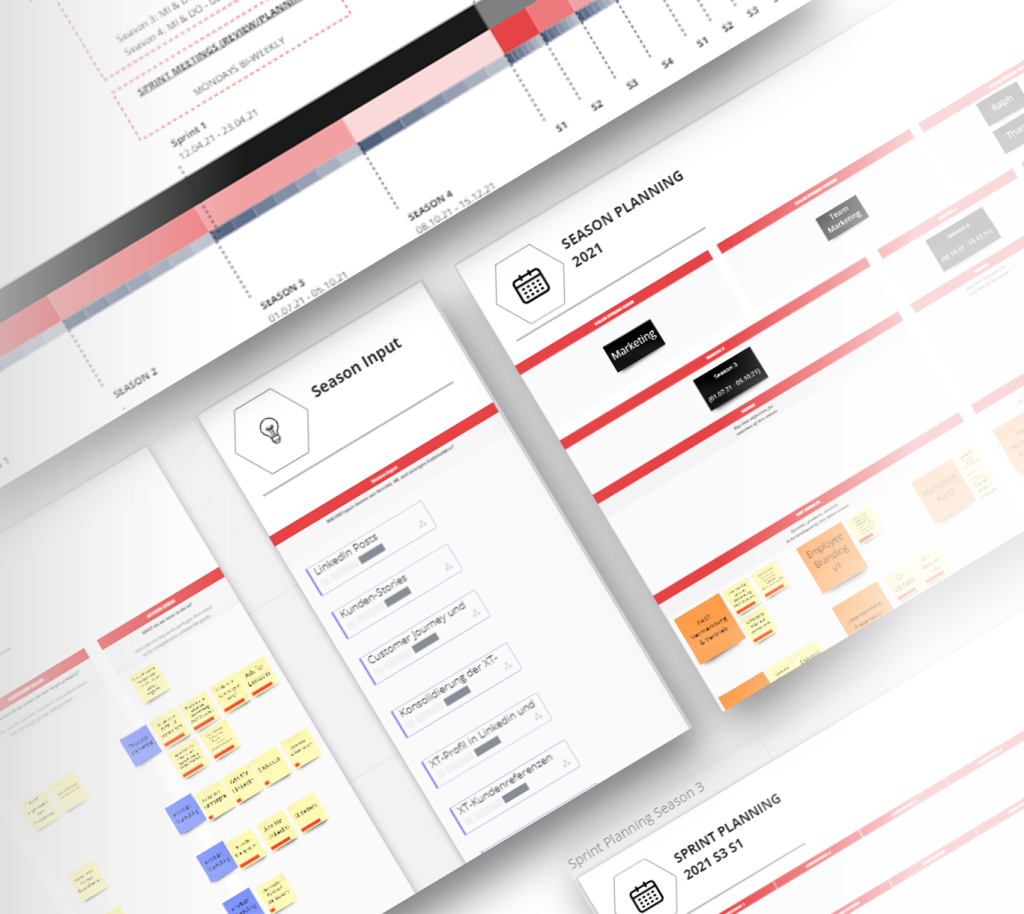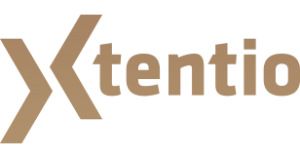Standardization and advanced planning have been, and often still are, the basic principles of corporate project planning. In the context of digital transformation, however, this classic approach is giving way to agile methods in more and more areas of the enterprise. Agility also refers to the ability of organizations to adapt and respond to multiple simultaneous projects. This allows for flexibility in responding to changes in the project and its environment, while ensuring that goals are met.
Die Ausweitung von digitalen Lösungen, beispielsweise im Produktinformations- oder Kundendatenmanagement, führt dabei häufig zu mehrstufigen miteinander vernetzten Projekten. Um deren Erfolg sicherzustellen, ist ein effective project management von zentraler Bedeutung. Aber welche Methoden helfen wirklich, um Projekte effektiver zu gestalten?
What are the current trends in project management?
- Agile and hybrid methods continue to gain in importance:: Unternehmen haben erkannt, dass sie in Projekten auf Veränderungen reagieren müssen. Deshalb haben sich im Project Management agile Methoden immer weiter verbreitet. Kleine, sich selbst organisierende Teams liefern schnellere Ergebnisse, reagieren flexibel und nutzen die Vorteile der vernetzten Arbeitswelt. In vielen Unternehmen treffen agile Projekte dabei allerdings auf ein klassisches Controlling und nicht-agil arbeitende Unternehmensbereiche. Hier gewinnen hybride Methoden an Bedeutung, wenn in diesen Unternehmen ein agiles Vorgehen zum Einsatz kommen soll.
- Transparency requirements:The networking of projects and plans requires communication and coordination with regard to planning and content, even beyond the boundaries of the projects. Identifying dependencies between projects and being able to plan based on the results of others requires a high degree of transparency. Consistent identification and management of dependencies is key to cross-project success.
- Planning vs. agility:Both agile methods and hybrid work environments require strategic planning to achieve long-term success. Agile project planning ensures that necessary adjustments can be made quickly without compromising the project's timeline and overall goal. However, strategic planning at the beginning of a new project and periodic reviews are necessary to keep project managers informed of progress and to ensure that goals are met.
What three principles are essential for organizations to deliver projects more efficiently?

"It's important to take small steps and learn first, because agility in projects also thrives on learning cycles."
Dirk Wäscher, Head of Project Excellence at Xtentio GmbH
- Create Transparency
All project tasks, their dependencies, and the people responsible for each task must be clearly and openly communicated. This eliminates misunderstandings and helps you complete tasks faster and more efficiently. Online virtual collaboration platforms for teams (such as Miro) help to make intermediate steps and results visible to all team members, which in turn can facilitate the overall work.
- timeboxes auch für die Ergebnisse
A visible sign of good project progress for many is that deadlines are met. While the publication of results is postponed in many projects, it is advisable to work with fixed deadlines here too and to publish results that have not been achieved after the next deadline. timebox to be published. The time commitment achieved helps with the assessment of project progress and the transparent presentation of the successes achieved.
What should companies at the very beginning of their agile journey consider?
At first glance, large transformation projects can seem overwhelming and impossible.
But moving to an agile project methodology does not happen overnight.
It is important to start by taking small steps and learning, because agility in projects also thrives on learning cycles.
For a new, small project, plan for diverse teams with clear roles and break the task into manageable, thematic units.
You can then introduce bi-weekly sprint meetings to review the current status of the milestones and make changes to your approach if necessary.
You will quickly notice how much more efficient a team works when tasks are clearly structured and communication is good. When the first small step toward agility is taken in the organization, people will enjoy it and be less afraid of change.
How do you keep track of the "Big Picture" in a multi-faceted project?
The FAST Framework for Agile Scaled Teams The FAST Framework for Agile Scaled Teams works on multiple levels of planning. For example, we work with annual goals that are broken down into seasons and then broken down to the sprint level for more detailed planning. In addition, the projects are organized into parallel value streams. While each is responsible for its own area, joint planning events for annual and seasonal planning provide an overview. The interrelationships of even a complex project are built here on the joint planning boards. In this way, dependencies and risks become visible and can be managed together.
The same rhythm for everyone with timeboxes ensures coordination between tasks and owners.
How does the FAST method changes your daily work?
Uns war es schon immer wichtig, bei digitalen Transformationsprojekten möglichst alle betroffenen Bereiche miteinzubeziehen. Bei FAST zieht sich dieser Gedanke durch die verschiedenen Planungsebenen und Projektrollen. Die Verwendung von FAST hat das Zusammenspiel mit Projektbeteiligten aus verschiedenen Bereichen deshalb vereinfacht.
Having an overview of the project status and the ability to contribute makes it easier for many project participants to collaborate and communicate.
The common rhythm also makes it much easier to meet deadlines, as the time slots are the same for everyone and are planned well in advance. Interrelationships and dependencies across value streams become transparent. The joint planning events help with this and also lead to a sense of togetherness in the project.
The different planning horizons also make it easier for stakeholders to focus on the initial tasks at hand and get organized.

Agile Projects - 100% reliable?
Mit unserem agilen Projektframework FAST machen wir agile Digitalisierungsprojekte und Transformationsprogramme plan- und beherrschbar.
